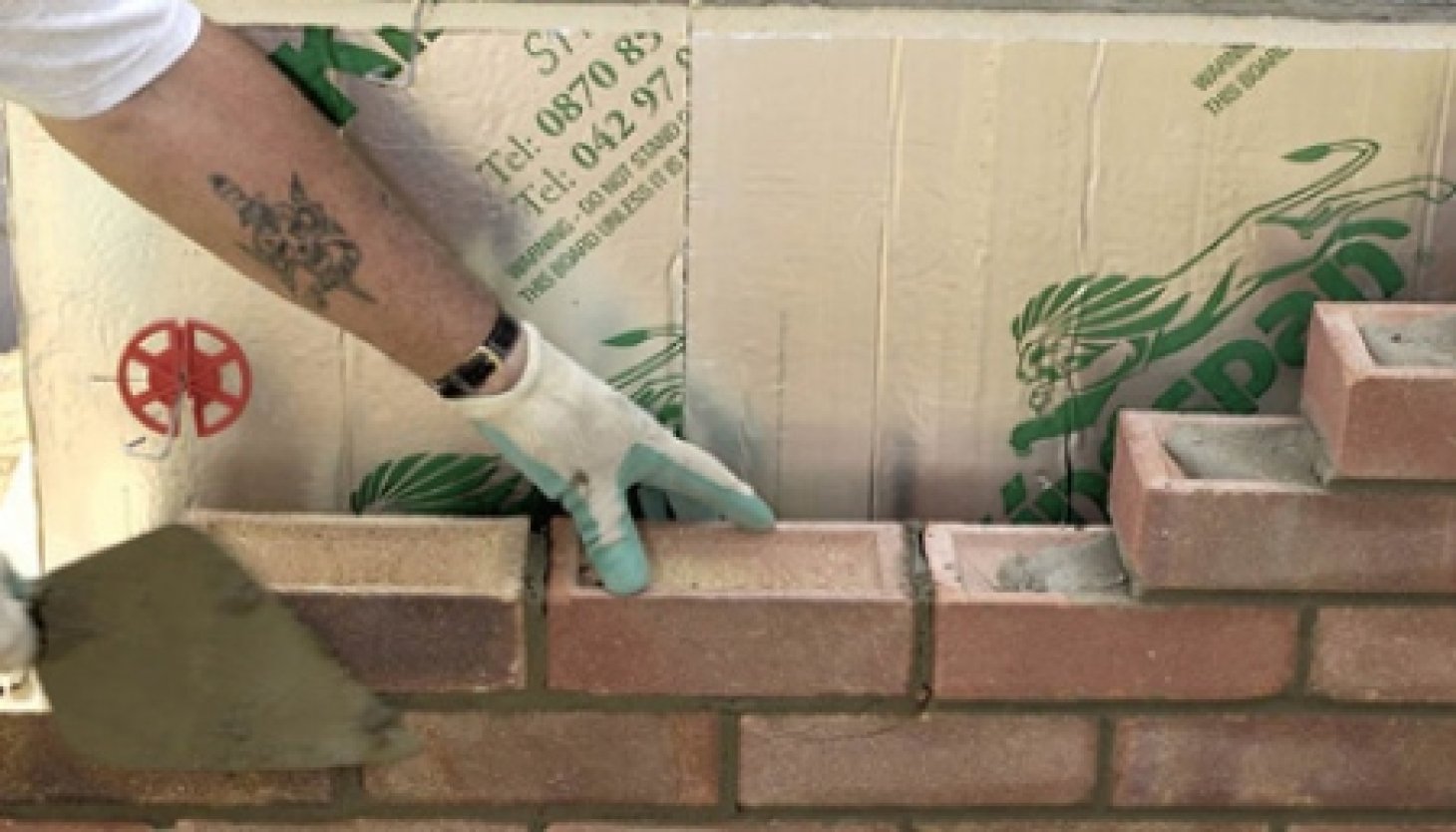
There has been much discussion on the subject of cavity wall dimensions required to meet the increasingly stringent Building Regulations’ requirements. Aircrete, with its inherent thermal insulation characteristics, contributes to a cavity wall width for masonry that will compare favourably with timber frame structures.
As ever, the point under discussion is rather more complicated that it appears at first. To cut to the chase, H+H is keen to point out that a cavity wall constructed using H+H aircrete and measuring a total width of 324mm will provide a solution to meet Code 4 of the Code for Sustainable Homes.
This is achieved with a wall consisting of 102mm brick / 100mm fully filled cavity with Cavity Therm CT / 100mm Standard Jumbo Block / plasterboard on dabs.
This compares well with a timber frame structure, where the wall width is likely to be similar or slightly bigger when building to the same levels of the Code and deploying identical renewable energy solutions.
Clearly this is an important factor in the choice of material for building external walls, although others such as cost, ease of build and durability will also have an impact.
H+H is keen to promote solutions that focus on maximising the efficiency of the fabric of the building structure before starting to use renewables to contribute to Code values. This is demonstrated further by the company’s involvement in AIMC4 a project to build prototype houses that meet the requirements of Code Level 4 of the Code for Sustainable Homes using a fabric first approach.
H+H aircrete has also been used in a number of experimental house constructions built to Code level 6 and U values for walls built using aircrete have so far been as low as 0.09Wm2K.